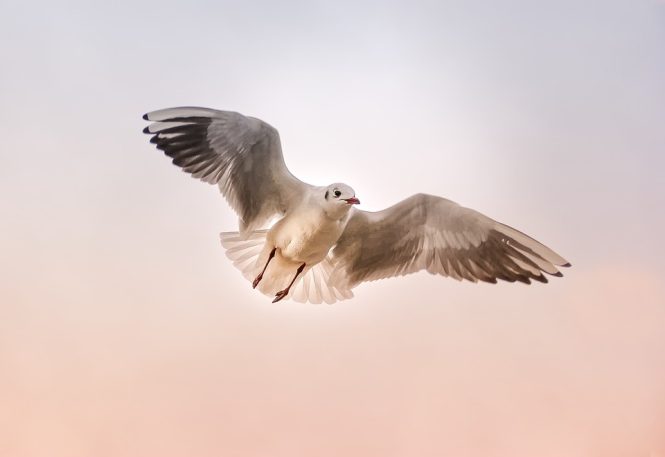
Ice Skating Fundamentals: Gliding with Grace
Ice skating is a beautiful and elegant sport that requires a combination of strength, flexibility, and technique. One of the most fundamental aspects of ice skating is gliding, which is the ability to move smoothly and efficiently across the ice. In this article, we will explore the basics of gliding on ice and provide tips and techniques for improving your gliding skills.
The Importance of Gliding
Gliding is the foundation of ice skating. It allows you to move across the ice with minimal effort, conserving energy and enabling you to perform various techniques and movements with ease. When you glide, you are using the edges of your skates to guide you and maintain your balance, rather than relying on brute force to propel yourself forward. Effective gliding also enables you to develop good posture, balance, and alignment, which are essential for more advanced skating techniques.
Key Elements of Gliding
To glide with grace and efficiency, focus on the following key elements:
- Edge Quality: The edges of your skates are the most critical factor in gliding. Make sure to keep your edges sharp and consistently engaged with the ice. As you glide, focus on maintaining a smooth, even edge quality, with your blades biting into the ice at a consistent angle.
- Weight Distribution: Keep your weight centered over your skates, with your knees slightly bent and your weight evenly distributed between both feet. This will help you maintain balance and stability as you glide.
- Posture: Maintain good posture by keeping your head up, shoulders relaxed, and back straight. This will help you stay balanced and avoid straining your muscles.
- Muscle Relaxation: Keep your muscles relaxed and supple, particularly in your legs and hips. Tension can disrupt your gliding and cause you to lose balance.
- Breathing: Take deep, rhythmic breaths to help you stay relaxed and focused as you glide.
Techniques for Improving Your Gliding
To improve your gliding skills, try the following techniques:
- Forward Gliding: Start by practicing forward gliding, with your feet parallel to each other and your edges engaged. Focus on maintaining a smooth, even edge quality and keeping your weight centered over your skates.
- Cross-Over Gliding: Once you are comfortable with forward gliding, try cross-over gliding. This involves bringing one foot over the other while maintaining your edge quality and weight distribution.
- Gliding on One Foot: Practice gliding on one foot, with the other foot lifted off the ice. This will help you develop balance, stability, and edge control.
- Turns: Practice turning while gliding, using your edges and weight distribution to guide you.
Tips for Beginners
If you are new to ice skating, here are some tips to help you get started with gliding:
- Start on Flat Ice: Begin by practicing gliding on flat ice, where you can focus on developing your edge quality and weight distribution without the challenge of navigating curves or inclines.
- Use Supports: If you need extra support, consider using the wall or a barrier to help you balance and build confidence.
- Practice Slowly: Start with slow, small glides and gradually increase your speed and distance as you become more comfortable.
- Take Lessons: Consider taking lessons from a qualified ice skating instructor, who can provide personalized feedback and guidance to help you improve your gliding skills.
Conclusion
Gliding is a fundamental aspect of ice skating that requires practice, patience, and attention to technique. By focusing on edge quality, weight distribution, posture, muscle relaxation, and breathing, you can develop the skills and confidence to glide with ease and efficiency. Whether you are a beginner or an experienced skater, practicing gliding will help you improve your overall skating skills and enjoy the beauty and elegance of ice skating. So, lace up your skates and get gliding!